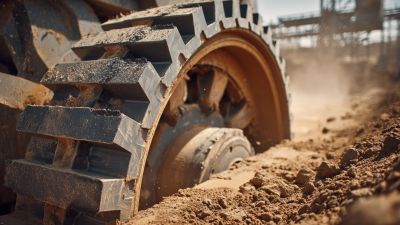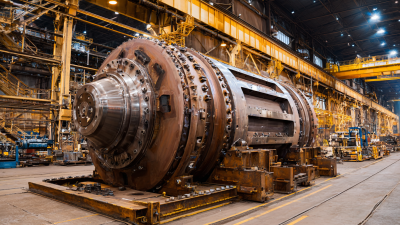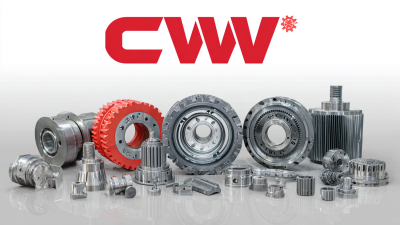
-
Home
-
About Us
-
Products
-
News
-
Blog
-
Contact Us
Leave Your Message

In the crushing industry, maintaining optimal performance hinges on selecting the right Jaw Crusher Wear Parts, which are crucial for extending equipment lifespan and ensuring operational efficiency. According to a recent report by MarketsandMarkets, the global mining equipment market is projected to reach $368.99 billion by 2026, underscoring the increasing demand for reliable jaw crushers and their components. This rising demand highlights the significance of using high-quality wear parts, as inadequate parts can lead to lower production rates and unexpected downtimes. Industry experts recommend that users carefully assess material quality, compatibility, and specific application requirements when choosing wear parts. By understanding these elements, operators can significantly enhance the overall performance and durability of their jaw crushers, ultimately contributing to more efficient and cost-effective operations in the ever-evolving mining and construction sectors.
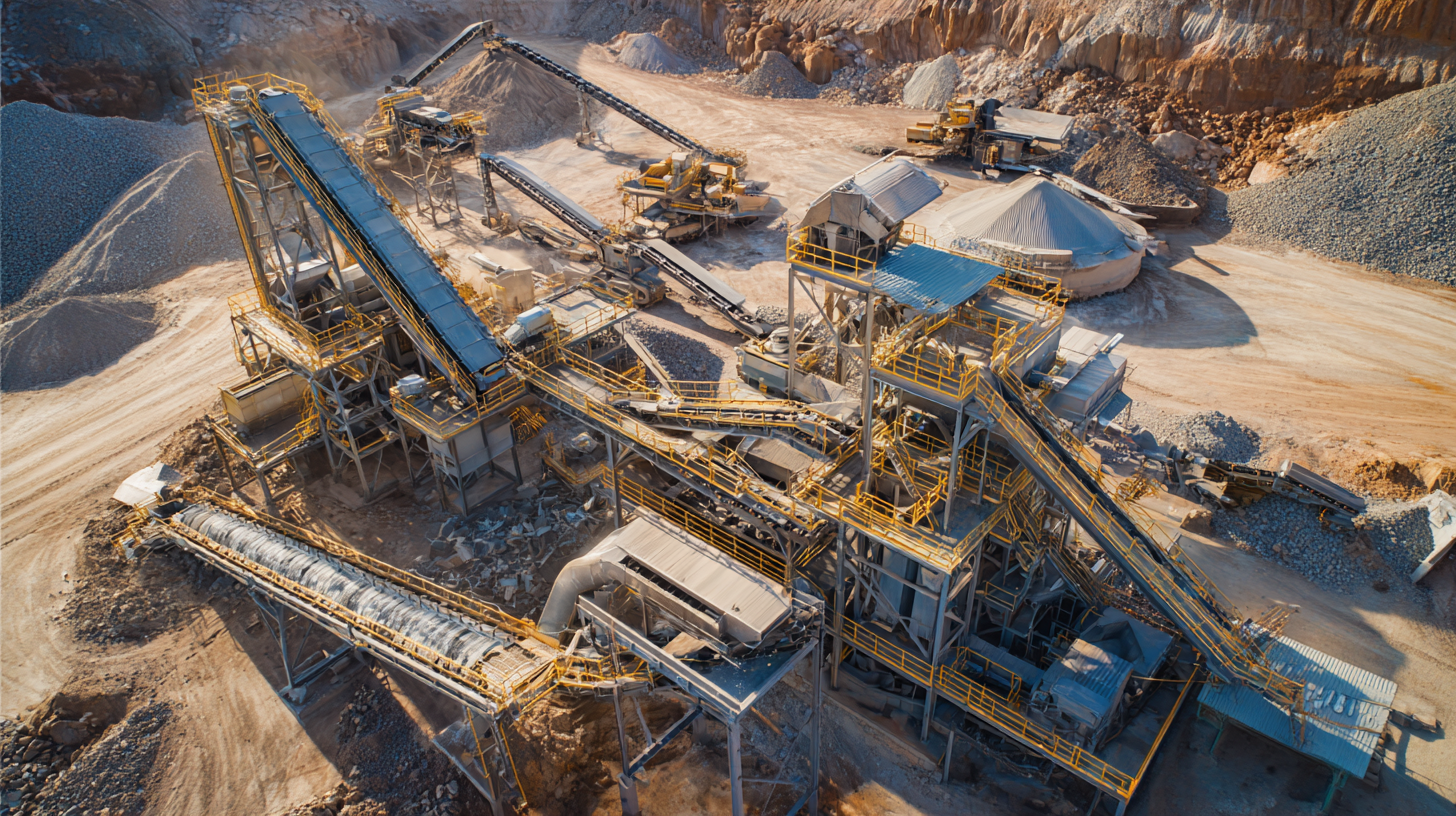
Understanding the importance of jaw crusher wear parts in mining applications is crucial for optimizing operational efficiency and minimizing costs. In the demanding environment of mining, jaw crushers play a pivotal role in the size reduction of materials. However, the wear parts of these crushers, including jaws, liners, and cheek plates, are subjected to significant stress and abrasion. Selecting high-quality wear parts that are specifically designed for the type of material being processed can dramatically improve the crusher’s lifespan and performance.
The choice of wear parts not only affects the efficiency of the jaw crusher but also influences the quality of the end product. Well-designed wear parts can reduce downtime caused by frequent replacements and maintenance needs. In a mining application, where time and efficiency directly impact productivity and profitability, investing in premium wear parts becomes a strategic decision. Understanding the materials, designs, and manufacturing processes involved in wear parts will empower operators to make informed choices that lead to optimal performance in their mining operations.
This chart illustrates the wear rates of different jaw crusher wear parts. Understanding these metrics is crucial for optimizing performance in mining applications. Regular monitoring and replacement of these parts can lead to increased efficiency and reduced downtime.
When selecting jaw crusher wear parts, several key factors significantly influence overall performance and longevity. Material composition is crucial; high-quality manganese steel is preferred for its excellent wear resistance. Studies have shown that jaw plates made from 18% manganese provide up to 25% more wear life than those using lower grades. Furthermore, the hardness of the wear parts, often measured on the Rockwell scale, can impact their ability to withstand cracking and deformation during operation. Optimal hardness can enhance the lifespan of the components, reducing the frequency of replacements and associated downtime.
Another important consideration is the fit of the wear parts. Proper alignment with the crusher's jaw design maximizes crushing efficiency and minimizes energy consumption. Reports indicate that misaligned parts can reduce crushing efficiency by up to 30%, leading to increased operational costs. Additionally, companies should consider the manufacturer’s reputation and the availability of replacement parts, as this can affect maintenance schedules and the overall reliability of the crushing operation. Five companies accounted for around 60% of the global market share in 2022, underscoring the importance of partnering with reputable suppliers. By focusing on these factors, operators can enhance their jaw crusher’s performance while minimizing costs associated with wear and tear.
| Factor | Description | Impact on Performance |
|---|---|---|
| Material Quality | High-quality materials ensure durability and resistance to wear. | Improves operational lifespan and reduces replacement frequency. |
| Fit and Compatibility | Parts should fit precisely within the machine to prevent misalignment. | Ensures efficient operation and maximizes crushing output. |
| Design and Specifications | Consideration of design features that enhance crushing efficiency. | Direct influence on the quality of crushed material. |
| Manufacturer Reputation | Selecting parts from well-regarded manufacturers ensures reliability. | Reduces risks of failure during operation. |
| Cost vs. Value | Evaluate the cost against the expected lifespan and performance. | Optimizes budget while ensuring quality performance. |
When it comes to selecting jaw crusher wear parts, evaluating the right material types is crucial for ensuring durability and optimal performance. Common materials used in manufacturing these components include manganese steel, high-chromium cast iron, and ceramic composites. Manganese steel, for example, is favored for its excellent impact strength and resistance to abrasion, making it an industry standard. According to a report by the Mining Magazine, wear parts made from high-manganese steel can last up to 30% longer than those produced from lower-grade materials under similar operating conditions.
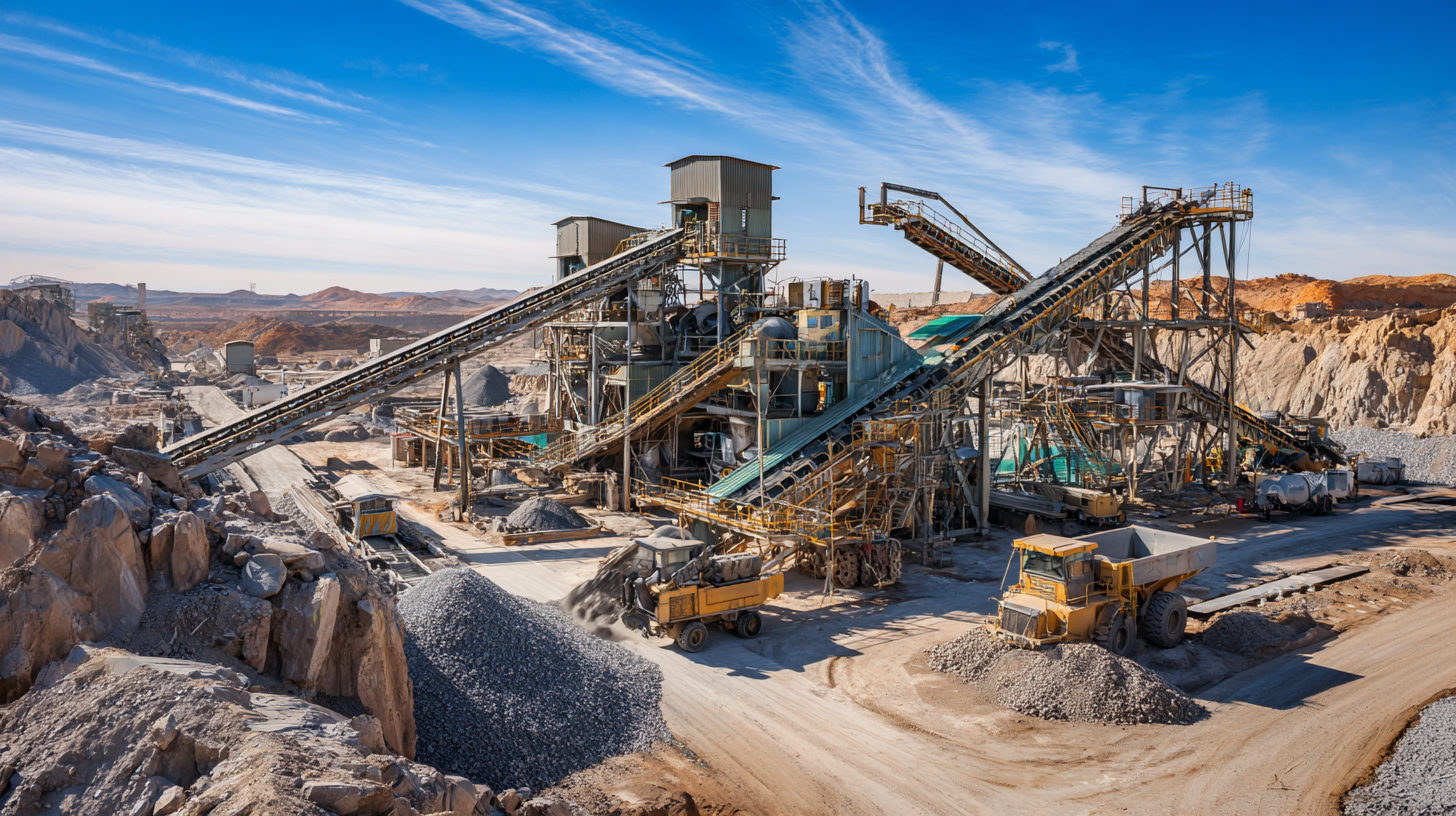
In contrast, high-chromium cast iron is recognized for its superb resistance to wear, particularly in crushing hard materials like granite or quartz. Studies have shown that implementing high-chromium wear parts can yield a significant reduction in operational costs, with wear rates reduced by as much as 40%. Furthermore, advancements in material technology have introduced ceramic composites, which offer an innovative approach to enhancing wear resistance without compromising the lightweight properties essential for high-performance crushers. Embracing these material advancements can lead to improved longevity and less downtime in mining and construction operations.
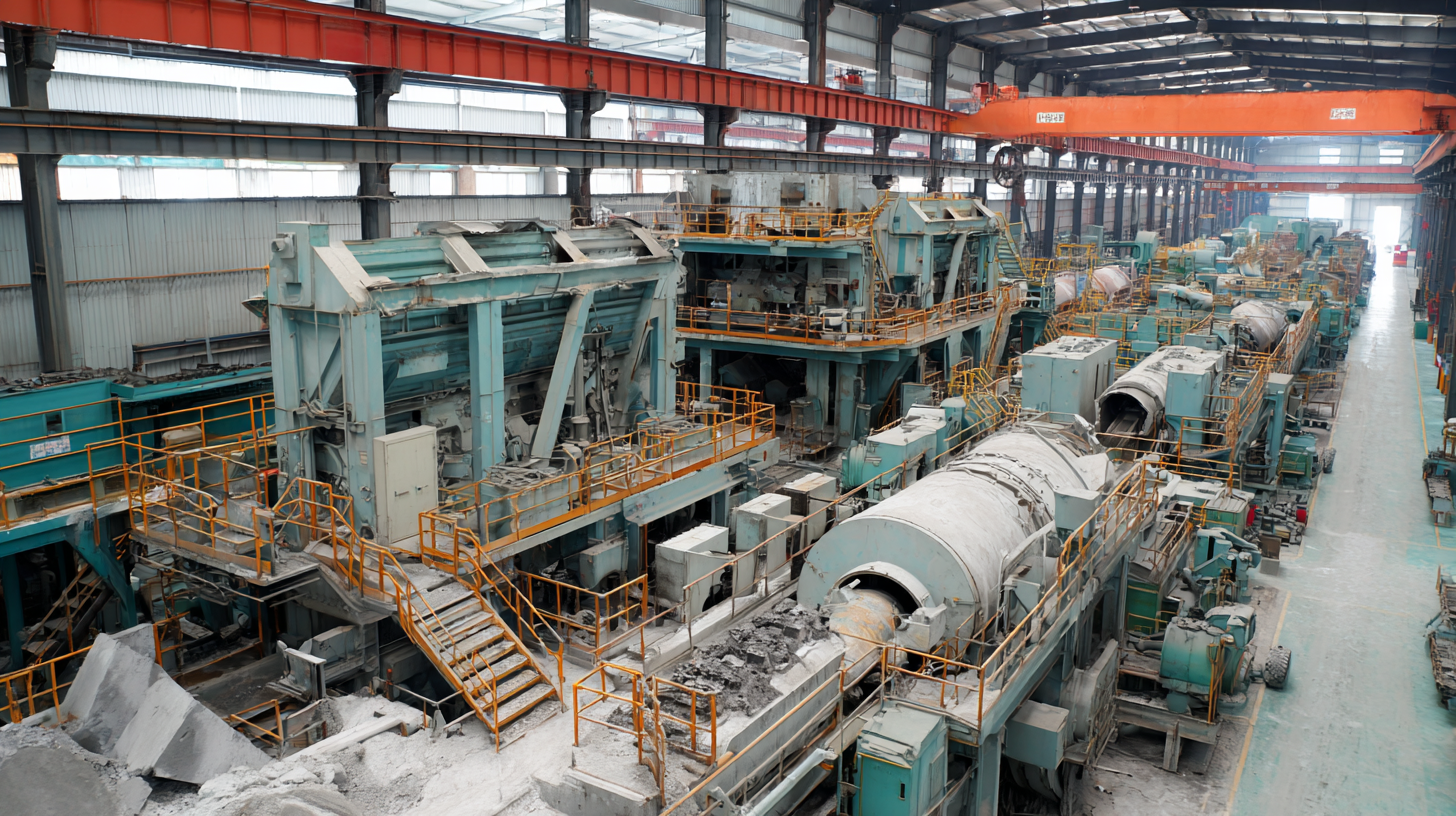 Choosing the right wear parts for your jaw crusher is crucial for maintaining optimal performance and efficiency. One essential aspect to consider is the wear profile of the components. According to a recent study by the Mining Equipment Manufacturers Association, the right wear profile can enhance durability and reduce downtime by up to 20%. By analyzing the wear patterns and profiles, operators can identify specific needs and select parts that align with their operational requirements, ultimately improving the overall efficiency of the crushing process.
Choosing the right wear parts for your jaw crusher is crucial for maintaining optimal performance and efficiency. One essential aspect to consider is the wear profile of the components. According to a recent study by the Mining Equipment Manufacturers Association, the right wear profile can enhance durability and reduce downtime by up to 20%. By analyzing the wear patterns and profiles, operators can identify specific needs and select parts that align with their operational requirements, ultimately improving the overall efficiency of the crushing process.
Tip: Regularly monitor the wear profiles of your jaw crusher wear parts. This proactive approach can help you identify when to replace parts before they lead to significant breakdowns or reduced performance.
Different materials also play an essential role in wear profiles. High manganese steel parts, for instance, develop an optimal hardness and toughness after undergoing work hardening during operation. According to research from the International Journal of Mining Science and Technology, utilizing materials that have been optimized for specific applications can increase wear life by 30% or more.
Tip: Always match the material of the wear parts to the specific application and material being crushed to ensure maximum performance and longevity.
When selecting jaw crusher wear parts, the decision between OEM (Original Equipment Manufacturer) and aftermarket parts can significantly impact both performance and cost. A recent industry report indicates that the use of OEM parts can increase the lifespan of wear components by approximately 30% compared to aftermarket options. This longer service life often translates to lower total cost of ownership, as fewer replacements are needed over time. Additionally, OEM parts are designed specifically for the crushers they serve, ensuring optimal fit and performance, which can be crucial in high-output environments.
On the other hand, aftermarket wear parts can present an enticing cost-saving alternative, typically priced 10-30% lower than OEM parts. According to a survey conducted by the Institute of Quarrying, nearly 60% of operators reported satisfactory to excellent performance with high-quality aftermarket parts. However, potential risks include inconsistent quality and compatibility issues that can lead to reduced efficiency and increased downtime. Operators must carefully weigh these factors, considering their specific operational needs, to determine which option aligns best with their performance objectives and budget constraints.

